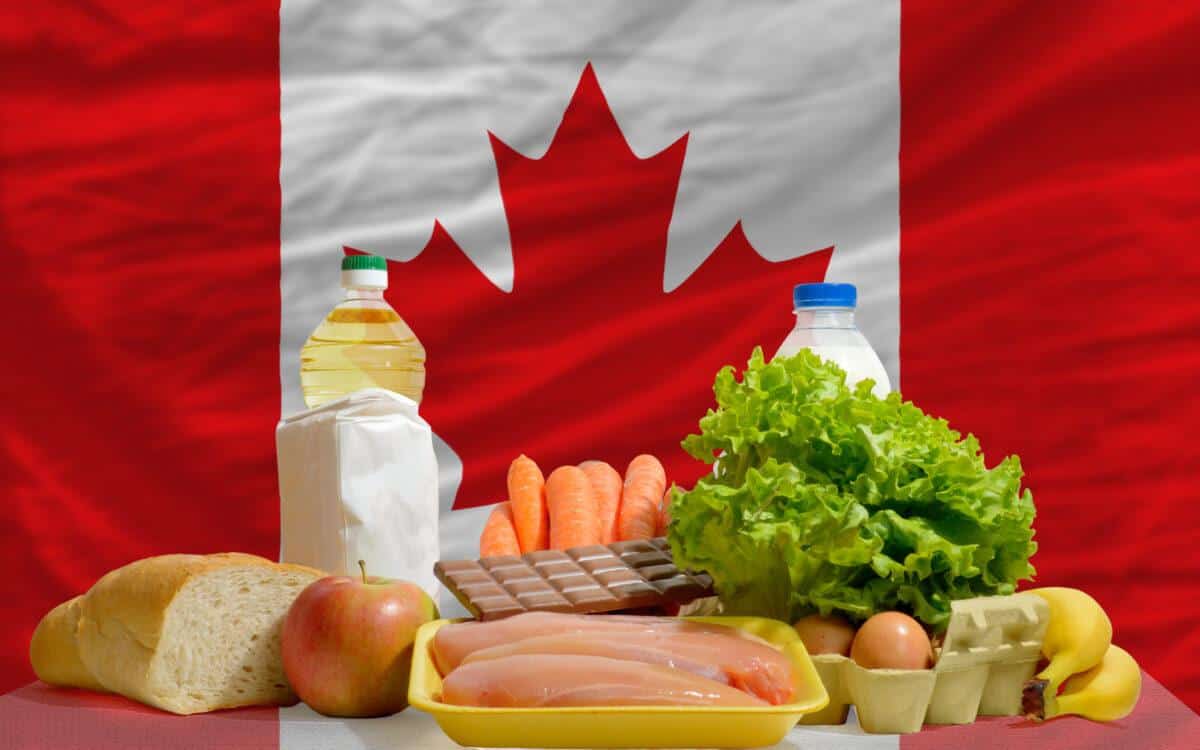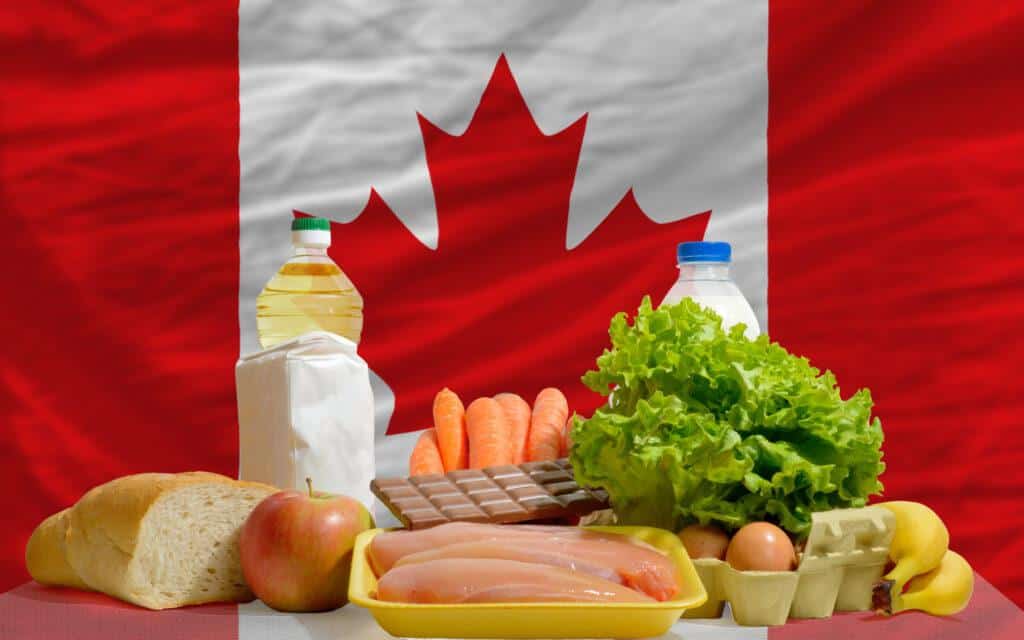
Summertime has finally arrived and with it comes hot temperatures and intense ultraviolet rays. Exposure to ultraviolet light is known to be associated with early skin aging and skin cancer. While the best protection from the sun is to avoid exposure altogether there are times when this is not possible. Using an appropriately regulated sunscreen can offer protection from the sun’s harmful rays.
If you are looking to market sunscreen in Canada or the United States, there are a few things to consider.
Canadian Sunscreen Requirements
In Canada, sunscreens can be classified as either Natural Health Products (NHPs) or non-prescription drugs, depending on the ingredients they contain. Commonly used natural ingredients include titanium dioxide, zinc oxide, and p-aminobenzoic acid. Marketing a product containing these ingredients would require a Natural Product Number (NPN) unless the product also contains ingredients that are not naturally derived, such as avobenzone, oxybenzone, octinoxate, or other recognized drug ingredients as outlined in the Natural and Non-Prescription Health Products Directorate’s (NNHPD’s) sunscreen monograph. For products that contain drug ingredients, a Drug Identification Number (DIN) would be required.
It is important to note that all Canadian sunscreen products must include a statement to the effect of “helps prevent sunburn” and display the appropriate Sun Protection Factor (SPF) value on the label. Companies are also permitted to market their sunscreen products with a ‘Broad Spectrum SPF’ value provided that test results demonstrate a critical wavelength of? 370 nm for the product.
There are however a few labeling statements that are not permitted by Health Canada. Statements that suggest the product completely blocks the penetration of the sun’s rays (e.g. sunblock) are not acceptable. Those that suggest the product helps to prevent cancer or photo-aging are also not permitted and the product cannot claim to filter out other UV rays apart from UVA/UVB. These are not the only non-permitted statements but rather are those which are most commonly misused.
In summary, if you are looking to market a sunscreen in Canada, you need to determine whether it will be classified as a drug or an NHP, prepare the appropriate application, and label your product according to the criteria as set out in the NNHPD sunscreen monograph and the appropriate set of governing regulations.
Key requirements you should be aware of before bringing your sunscreen product to the Canadian market:
Product Classification and Registration:
- In Canada, sunscreens are classified as natural health products (NHPs) or non-prescription drugs, depending on their active ingredients and intended use. Check the classification of your product to determine the applicable regulatory pathway.
- If your sunscreen is classified as an NHP, you need to apply for product registration with the Natural and Non-prescription Health Products Directorate (NNHPD) of Health Canada.
- If your sunscreen is classified as a non-prescription drug, you must follow the regulatory requirements outlined by Health Canada’s Health Products and Food Branch (HPFB).
Labeling and Packaging Requirements:
- Sunscreen product labels must be bilingual (English and French) and meet specific format and content requirements outlined in the Food and Drugs Act and Regulations.
- Labels must include the product’s drug identification number (DIN) or natural product number (NPN)
- Ensure accurate SPF (Sun Protection Factor) labeling and UV protection claims.
- Sunscreens must also include usage instructions, precautions, and any required warnings.
Sun Protection Factor (SPF) Testing:
- SPF testing is essential to determine the effectiveness of your sunscreen product. Testing should be conducted by Health Canada’s guidelines.
- Ensure that your product provides the level of sun protection claimed on the label.
Safety and Efficacy Data:
- Provide data on the safety and efficacy of your sunscreen product, including information on the active ingredients, formulation, and potential side effects.
- Ensure that your product is safe for use on the skin and does not cause adverse reactions.
Stability Testing:
- Conduct stability testing to assess the product’s shelf life and ensure that it maintains its effectiveness and safety over time.
- Data from stability studies should be submitted to Health Canada as part of the regulatory requirements.
Good Manufacturing Practices (GMP):
- Comply with GMP standards to ensure the quality, safety, and consistency of your sunscreen product.
- Facilities involved in the production of sunscreen should adhere to GMP guidelines.
Notification and Reporting:
- Report any adverse reactions or safety issues associated with your sunscreen product to Health Canada promptly.
- Maintain records of complaints and adverse events and provide these to Health Canada as needed.
Packaging and Dosage Forms:
- Ensure that your sunscreen product’s packaging and dosage forms meet Health Canada’s requirements and guidelines.
- Different dosage forms, such as creams, lotions, sprays, and sticks, may have specific regulatory considerations.
Health Canada Notifications and Submissions:
- Prepare and submit all required documentation, including product labeling, safety and efficacy data, stability testing results, and any other relevant information, to Health Canada.
- Comply with Health Canada’s notification and submission procedures and timelines.
Compliance with International Standards:
- Familiarize yourself with international sunscreen standards, such as those from the International Organization for Standardization (ISO), and align your product with these standards for broader market acceptance.
Market Surveillance and Compliance Reporting:
- Implement a system for market surveillance to monitor the safety and compliance of your sunscreen product after it is on the market.
- Report any updates or changes to the product, labeling, or formulation to Health Canada as required.
It is essential to work closely with regulatory experts or consultants familiar with Canadian sunscreen regulations to navigate the complex requirements effectively. Failing to meet these regulatory obligations can result in delays in product approval or market withdrawal, potentially harming your business’s reputation. Compliance with Canadian sunscreen regulations ensures that your product is safe and effective for consumers in the Canadian market.
FDA Sunscreen Requirements
The FDA regulatory pathway for sunscreen involves several key steps to ensure that the product is safe and effective for consumer use. Here’s a summary of the process:
1. Classification of Sunscreen as an OTC Drug
In the United States, sunscreens are classified as over-the-counter (OTC) drugs, meaning they are regulated under the FDA’s OTC Drug Review process. Sunscreens are considered drugs because they make a claim to protect against the sun’s harmful UV rays, which involves altering the structure or function of the body.
2. Monograph Compliance
Sunscreens must comply with the FDA’s Sunscreen Monograph (21 CFR 352), which outlines acceptable active ingredients, concentrations, labeling, and testing requirements. The monograph serves as a guideline for companies to market sunscreen products without needing pre-market approval if they meet the established conditions. An National Drug Code (NDC) labeler code must be obtained. FDA assigns the NDC codes.
- Approved Active Ingredients: Common approved ingredients include zinc oxide, titanium dioxide, and certain chemical filters like avobenzone.
- SPF Testing: Manufacturers must conduct tests to determine the sun protection factor (SPF) and ensure that their product provides broad-spectrum protection.
3. New Drug Application (NDA) for Non-Monograph Ingredients
If a company wants to use ingredients not included in the monograph or make claims outside of the approved guidelines (e.g., higher SPF values), they must submit a New Drug Application (NDA). This requires providing comprehensive data on safety and efficacy, including clinical trial results. The new drug approval process is outlined in 21 CFR part 314.
4. Labeling Requirements
Sunscreens must adhere to FDA-specific labeling rules, including:
- SPF rating
- Whether the sunscreen is “broad-spectrum” (protects against both UVA and UVB rays)
- Water resistance (if applicable)
- Clear instructions for use, such as reapplication frequency
The labeling must also include a “Drug Facts” panel detailing the active ingredients and their concentrations.
5. Good Manufacturing Practices (GMPs)
Sunscreens, like other OTC drugs, must be manufactured in compliance with the FDA’s Good Manufacturing Practices (GMPs), which ensure product quality and consistency. Manufacturers are subject to FDA inspections to verify adherence to these standards.
6. Post-Market Surveillance
Once a sunscreen is on the market, it is subject to post-market surveillance. Companies must monitor and report any adverse events or side effects associated with their product to the FDA. The agency can take enforcement action if products are found to be non-compliant or unsafe..
Sunscreen Drug Ingredients Generally Regarded as Safe and Effective Regulations
Regulation through the OTC monographs was once the only option for sunscreen products, but in 2014, the FDA published the Sunscreen Innovation Act (SIA) to allow for an expedited review process for new sunscreen ingredients. The SIA functions to supplement the Time and Extent Application (TEA) regulation, as outlined in 21 CFR part 330.14(c), which together allows anyone (not only sponsors) to request that an active sunscreen ingredient be recognized as GRASE and not misbranded when used by the criteria set out in a final sunscreen order. This collaborative framework has allowed for a new process by which OTC active sunscreen ingredients or combinations of ingredients can be deemed GRASE and not misbranded when used according to the conditions set out in an administrative order.
To gain GRASE status for a new sunscreen ingredient, initial eligibility of the ingredient is determined by the FDA. If the ingredient is deemed eligible for review, data supporting the safety and efficacy of the ingredient is to be submitted by either the sponsor or the public. If the provided evidence is deemed acceptable, a final GRASE determination in the form of an administrative order is made by the FDA within 60 days of data submission.
In summary, if you are looking to market a sunscreen product in the U.S., it is advisable to first check the OTC final rules for sunscreens and if your ingredient(s) is/are not present, then look into preparing a GRASE data submission.
If you are looking to expand your business into the U.S. or Canadian sunscreen market, we can assist you in confirming which regulatory framework best suits your innovative sunscreen product. Contact us today to discuss how we can be your solution!
Quality Smart Solutions is an end-to-end compliance solutions expert who has been assisting clients for 10 years in the areas of Dietary Supplements/NHPs, Foods, Cosmetics, Medical Devices, and OTC drugs.




 The Safe Food for Canadians Act (SFCA) and the
The Safe Food for Canadians Act (SFCA) and the 